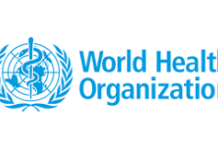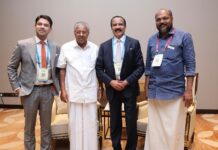The Indian government is launching a significant Rs 900 crore initiative to address the high costs of essential medications for rare diseases. This ambitious project aims to bulk-procure these life-saving drugs, which are often prohibitively expensive for patients. Rare diseases, as defined by the World Health Organization (WHO), affect fewer than one in 1,000 people. However, collectively, they impact a substantial portion of the population, with estimates ranging from 6 to 8 percent.
As reported by theprint.in, the impetus for this groundbreaking initiative came from a directive by the Delhi High Court to ensure that patients with rare diseases have access to necessary treatments. The court has been hearing multiple petitions seeking affordable healthcare options for those afflicted with these conditions. In response, the government has been actively negotiating with pharmaceutical companies to secure lower prices for life-saving drugs, drawing inspiration from similar efforts in China.
Genetic factors contribute to approximately 80 percent of rare diseases. Unfortunately, for the vast majority of the 7,000 identified rare diseases, treatments are either unavailable or extremely costly. This often forces patients and their families to resort to crowdfunding or other financial means to cover the expenses. The government has prioritized 13 rare diseases, but even for these conditions, therapies may not be readily available. To address this, efforts are underway to develop indigenous drugs. A high-level committee chaired by Dr. Rajiv Bahl, director-general of the Indian Council of Medical Research (ICMR), has successfully negotiated with multinational drugmakers to obtain bulk drugs for certain priority rare diseases at reduced rates.
A National Committee for Rare Disease, established by the Delhi High Court, has been instrumental in overseeing the implementation of the National Policy for Rare Diseases, 2021. Notable pharmaceutical companies involved in the negotiations include AstraZeneca, Novartis, Roche, Sarepta, and Sanofi. Some of the diseases covered under this initiative include Gaucher disease, Duchenne muscular dystrophy, cystic fibrosis, and spinal muscular atrophy. The negotiations with drugmakers have concluded, and the details have been submitted to the High Court. The government is now finalizing the modalities for patient access to these drugs.
The procurement is estimated to cost the Centre approximately Rs 900 crore over two years. The drugs will be made available to patients through designated centers of excellence (COEs) for rare diseases. The government’s plan to bulk-procure drugs for rare diseases is expected to be rolled out this year, following the finalization of the distribution mechanisms. To ensure wider accessibility, the government may collaborate with non-governmental organizations working in the field.
This initiative offers hope to individuals like P.A. Abhinand, a spinal muscular atrophy patient who has relied heavily on crowdfunding and support from loved ones for his treatment. The government’s efforts to make essential medications more affordable could significantly improve the lives of many affected by rare diseases.
























